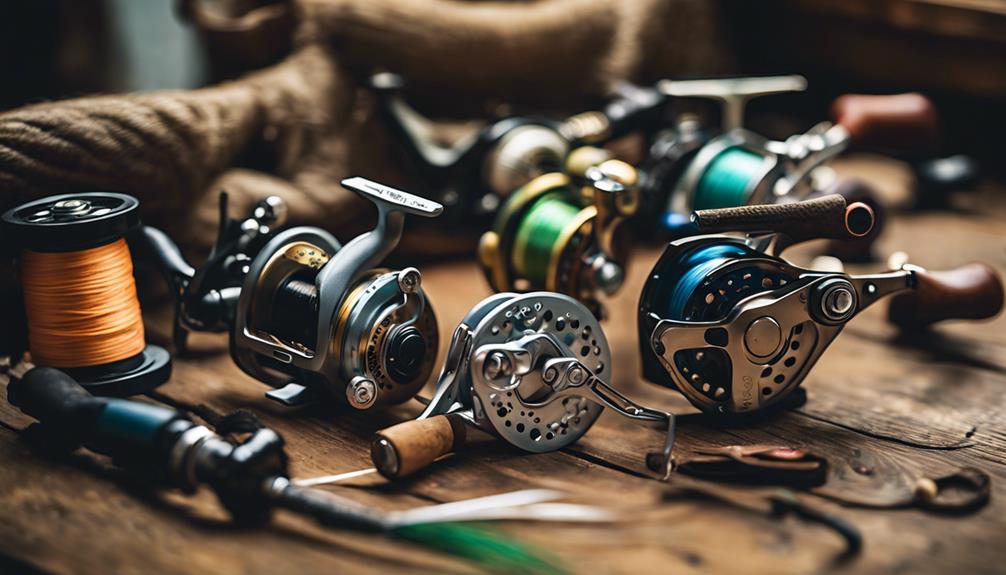Fly fishing Texas offers anglers a unique and diverse experience, with its vast landscapes and varied water bodies. From the rolling hills of the Hill Country to the coastal marshes along the Gulf Coast, Texas provides an incredible backdrop for fly fishing enthusiasts. In this article, we will explore the best locations, techniques, and tips for making your fly fishing adventure in Texas a memorable one.
Why Fly Fishing in Texas is a Unique Experience
Fly fishing in Texas is unlike any other state due to its diverse ecosystems. Whether you’re casting a line in the tranquil rivers of the Hill Country or the surf of the Gulf Coast, each region has its own unique characteristics and fish species. Texas is home to a variety of freshwater and saltwater fish, including bass, trout, redfish, and flounder, making it a prime destination for fly fishing. The state’s size and varied geography mean that there’s always a new spot to discover, ensuring that both novice and experienced anglers find plenty of opportunities to hone their skills.
Top Fly Fishing Locations in Texas
When it comes to fly fishing in Texas, several locations stand out. The Guadalupe River, known for its clear waters and abundant trout population, is a favorite among fly fishers. The river flows through the picturesque Hill Country and offers scenic views as well as challenging fishing conditions. Another excellent spot is the Lower Laguna Madre, a shallow estuary on the coast that is renowned for its redfish and speckled trout. Other notable locations include the San Juan River, the Frio River, and various lakes such as Lake Fork, known for its trophy bass. Each location offers unique challenges and rewards, making Texas a fly fisher’s paradise.
Understanding Texas Fish Species for Fly Fishing
To maximize your fly fishing success in Texas, it’s essential to understand the various fish species you may encounter. The state is home to both freshwater and saltwater species. In freshwater, you’ll find species like largemouth bass, Guadalupe bass, and rainbow trout. Each of these fish has specific feeding habits and seasonal patterns that can influence your fly selection and fishing techniques. In saltwater, redfish, speckled trout, and flounder are popular targets. Knowing the behavior, habitat, and feeding times of these species will significantly enhance your fly fishing experience.
Best Times of Year for Fly Fishing in Texas
The timing of your fly fishing trip can greatly affect your success. In Texas, the best times for fly fishing can vary by species and region. For trout fishing in the Guadalupe River, late fall through early spring is ideal, as the cooler water temperatures keep the fish active. Conversely, the summer months are great for targeting bass in lakes and rivers. Coastal fishing for redfish and speckled trout is typically best from late spring through early fall. Understanding the seasonal patterns of fish in Texas will help you plan your fishing excursions effectively.
Essential Fly Fishing Gear for Texas Anglers
Having the right equipment is crucial for a successful fly fishing adventure in Texas. A good fly rod typically ranges from 5 to 9 feet, depending on the species you’re targeting. For freshwater fishing, a 5- or 6-weight rod is often sufficient, while saltwater fishing may call for a heavier 8- or 9-weight setup. Matching your reel and line to your rod weight is essential. Additionally, having a variety of flies is important, as different species and conditions may require different patterns. Be sure to include streamers, poppers, and nymphs in your fly box. Don’t forget your waders, polarized sunglasses, and sunscreen to ensure a comfortable day on the water.
Techniques for Successful Fly Fishing in Texas
To truly excel at fly fishing in Texas, it’s essential to master various techniques. Casting techniques, such as the double haul and roll cast, can help you present your fly more effectively. Additionally, understanding how to read water can lead to better fishing spots. Look for structures like rocks, downed trees, and eddies where fish are likely to hide. If you’re fishing in saltwater, learning to cast into the wind and understanding tidal movements will improve your success rates. Lastly, practicing catch and release techniques ensures that Texas’s fish populations remain healthy for future generations of anglers.
Conservation and Respecting Texas Waters
As fly fishers, it’s our responsibility to protect Texas’s waterways and ecosystems. Practicing ethical fishing techniques, such as catch and release, helps maintain healthy fish populations. Moreover, be sure to follow local regulations regarding fishing licenses and seasonal restrictions. Always clean up after yourself and avoid disturbing wildlife. Educating yourself about the local environment and participating in conservation efforts can make a significant impact. By respecting Texas waters, we can ensure that future generations can enjoy the same fly fishing experiences we cherish today.
Conclusion: Start Your Fly Fishing Adventure in Texas Today
Fly fishing Texas is an adventure that promises excitement, beauty, and a deep connection to nature. With its diverse locations, abundant species, and unique landscapes, Texas is a fly fisher’s haven. By understanding the best locations, fish species, and techniques, you can make the most of your time on the water. Whether you’re a seasoned pro or just starting, Texas offers something for everyone. So grab your gear and hit the water—your fly fishing adventure in Texas awaits!
